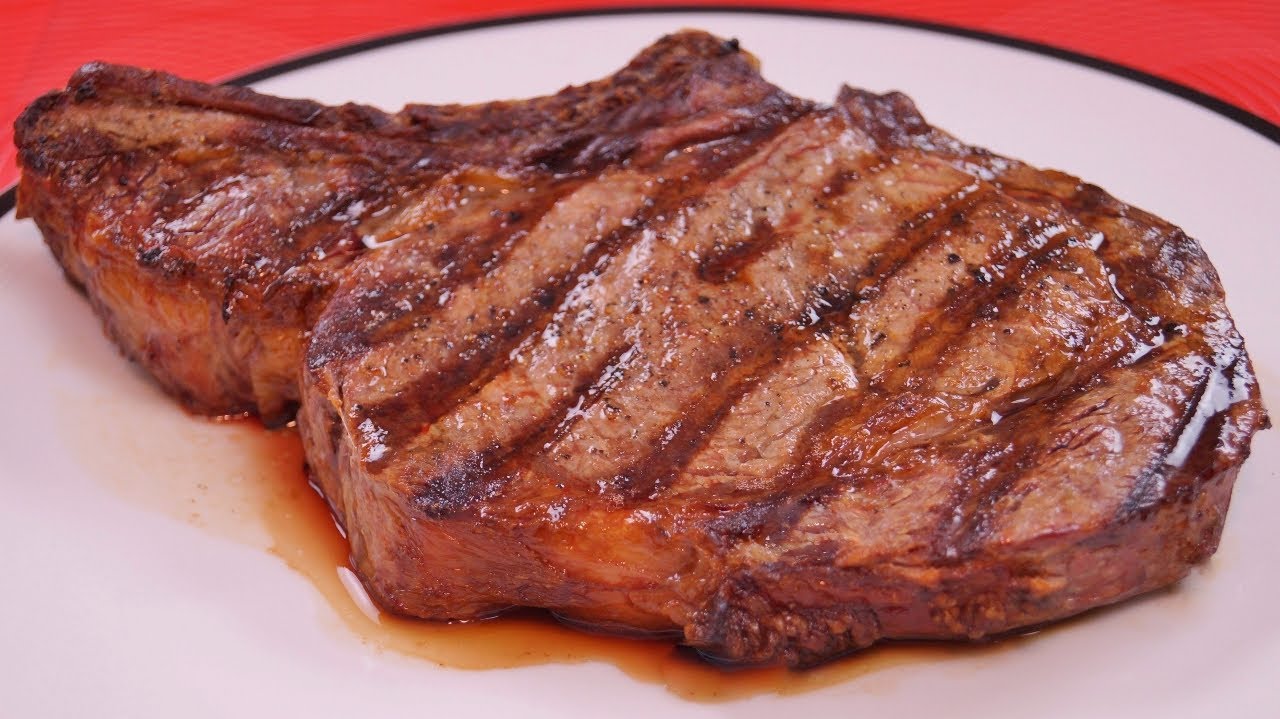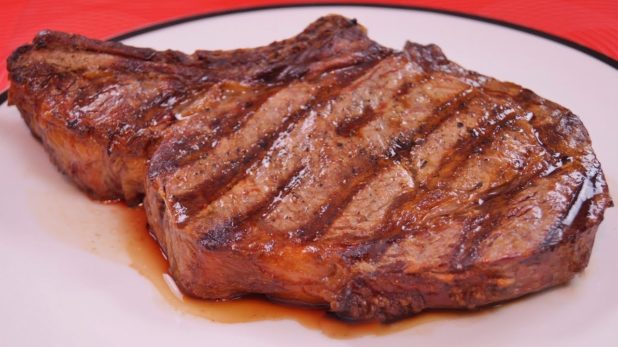Pomidor Quixote
Daily Stormer
January 7, 2020
Proponents of plant-based diets love to show you charts about the nutritional contents of the foods they eat.
Ignoring for a moment the fact that just because a plant has some nutrients doesn’t mean that people can easily absorb them, do these plants even really have the nutrition that it’s claimed they have?
Are these plants even as nutritious as they were in the time of our great-grandfathers?
Advocates of red meat will begin a fightback against the growth of veganism this week at the UK’s biggest farming conference, with claims that eating lamb and beef is vital because some plants and fish are being drained of their nutrition.
In a speech at the Oxford Farming Conference, Alice Stanton will tell ministers, farmers and environmentalists that key nutrients in some fruits, vegetables and grains have dropped by up to 50% over 50 years.
Stanton, professor of cardiovascular pharmacology at the Royal College of Surgeons in Ireland, said nutrition levels had dropped because farmers were trying to meet a demand for cheap food. “For plant-based foods, there’s been drops in vitamins and key electrolytes by up to 50% over the past 50 years because of the genetic selection for large volume and uniformity of shape and appearance, so the things look good on the shelves. There hasn’t been selection for nutrient content,” she told the Observer.
Consider that even if you add problems such as soil depletion to the issue of a lack of selection for nutrient content, by virtue of being higher up in the food chain than plants, lambs and cows will accumulate more nutrients during their short lifetimes.
As long as their food intake is controlled, it should be possible to leave out the things that we don’t want them to accumulate, such as mercury and other poisonous substances — which are important reasons why people are urged to avoid fish that are high up in the food chain.
This nutrient accumulation thing is what makes the fat and livers of healthy animals pretty nutritious foods, as both adipose tissue and the liver store fat-soluble vitamins and other nutrients.
“I’m not against vegetarianism or veganism,” Stanton said. “It is possible to have a balanced diet with vegetarianism. It’s a little bit more challenging but still possible with veganism. However, it requires a lot of knowledge and effort, which doesn’t happen in the majority of the population. People don’t have time to invest in getting a really balanced diet through a range of plant-based foods.”
Last year, the EAT-Lancet Commission, a group of 37 leading scientists, said that people in Europe and North America should reduce red meat consumption by about 80%, allowing for one beefburger and two servings of fish per week. Stanton said she “totally agreed” with its proposal for people to eat more pulses, nuts, fruits and vegetables.
It doesn’t appear to be possible to have a balanced diet without animal products, as even vegan YouTube personalities eating a wide variety of expensive plant foods and supplements on a daily basis are visibly deteriorated and look terrible overall.
https://www.youtube.com/watch?v=VEbrryRUpP8
The question shouldn’t be whether nuts, fruits, and vegetables are healthy foods to eat or not, but whether only eating those is enough to sustain human health or not. Real-world evidence — meaning evidence outside the realm of abstract lab-measured numbers — strongly suggests that it isn’t.
“Absolutely, we need to address greenhouse gas emissions. But I’m concerned about the dramatic reduction in red meat consumption being regarded as the solution,” she said. Eating red meat in moderation – “twice to four times a week” – was “protective against heart attacks, strokes and cancer”, while nutrients in red meat were vital for children in the first three years of life, she added.
Stanton said plants were not the only foods declining in nutrional value. Studies also that show omega-3 fatty acid levels in Scottish farmed salmon have also dropped by half.
Organ meats are probably the foods that offer the most bang for your buck, and well-meaning experts are starting to promote them.
These were once greatly popular and sought-after foods that have fallen into dietary obscurity in the Goyfeed Era of hyper-stimulating, advertisement-backed edibles.
Deniers of organ meat supremacy will often resort to “yeah, these foods may be nutritious, but they’ll kill you because of cholesterol and carcinogenic blah blah blah and stuff.”
It is critical to remember that most popular and official dietary advice is the result of cargo cult behavior and that most diet-related studies suggest but don’t prove.
Researchers may look at people who eat a lot of red meat and “follow” their dietary habits for some years, then draw conjectures and conclusions based on what happened to the study subjects over the years, but they won’t put people in a controlled environment and feed them a natural diet akin to what people ate 100 years ago because that would be ridiculously difficult and against their scientific ethics or whatever.
Similarly, they may look at healthy people and inquire about their eating habits, then suggest people do the same to get the same benefits.
This results in a lot of conflicting advice that can quickly demoralize the people closely following all of these different studies without keeping in mind their flawed nature.
In this context is where a pragmatic, philosophical, and simpler dietary approach really shines.
Eat the foods that your great-grandparents would have instantly recognized as food.
The further back we look, the more we enter the realm of conjecture and the more uncertainty increases, but we do have pictures and records of the people who lived about a hundred years ago and they were definitely healthier than the people we normally see nowadays.
We can and should learn from our past.











